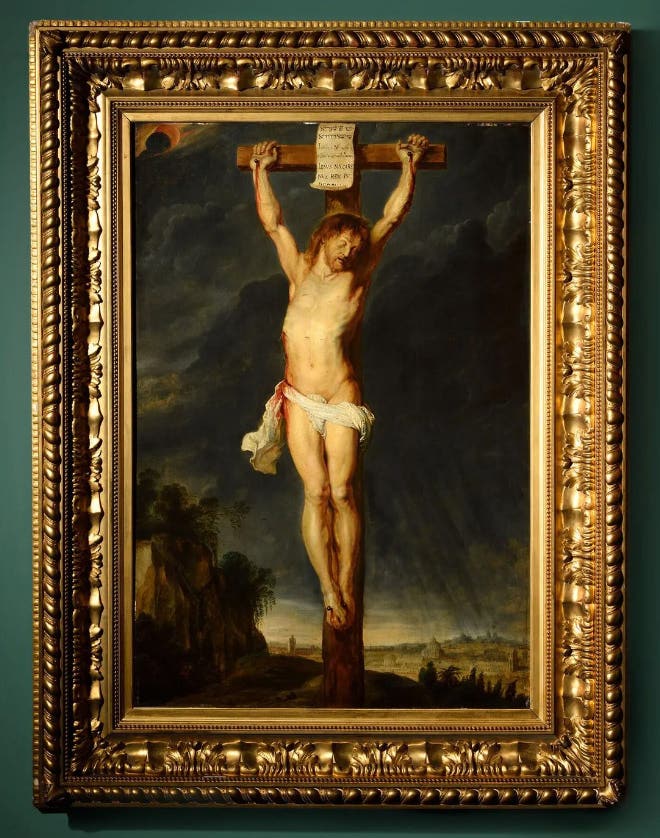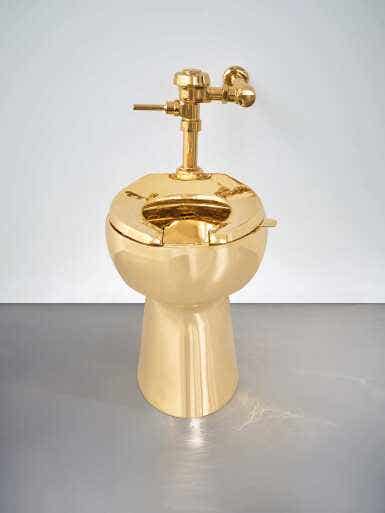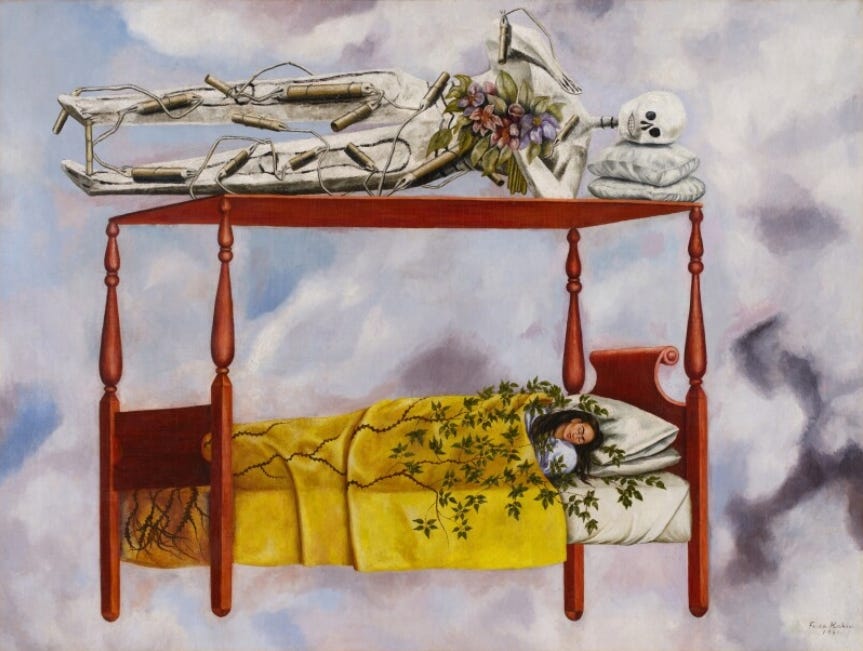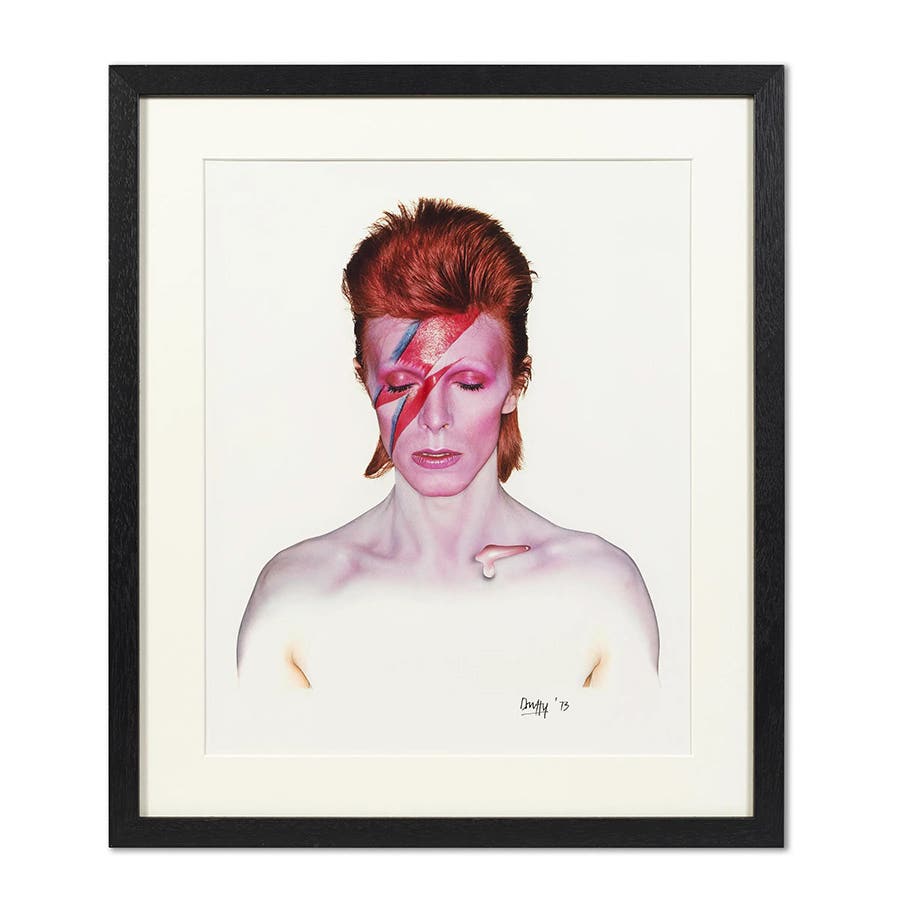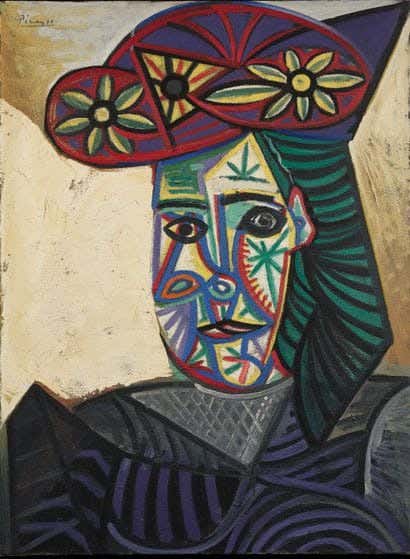Early L.S. Lowry Painting, Purchased for £10, Fetches £805K
A modest sale in 1926 leads to a million-dollar windfall for one family—thanks to an underestimated Manchester masterpiece.
In 1926, Arthur Wallace, literary editor of the Manchester Guardian newspaper, bought a painting directly from the artist for £10. It was one of artist Laurence Stephen Lowry’s earliest sales. The painting, Going to the Mill, remained with Wallace’s family for nearly a century afterward, but a lot has changed around it. The Manchester Guardian is now simply The Guardian. L.S. Lowry became one of England’s most beloved modern painters, and Going to the Mill sold for £805,200 (about $1 million!) at the Modern Made auction by Lyon & Turnbull on May 2.
Simon Hucker, Associate Director at Lyon & Turnbull, calls the Going to the Mill “a classic Lowry scene.” Although it was one of the artist’s earliest paintings, it has many of his most famous features. It is a Manchester industrial scene, one of his favorite subjects, with a crowd of his distinctive stylized figures. Hucker considers these crowd scenes among Lowry’s greatest achievements, saying, “Lowry invites us to spend time looking…As such, the crowd is broken into individuals, each with a story – a story that Lowry himself manages to capture with a flick of the brush, a weighting of the paint, a bend of the knee, or a turn of the shoulder.”
Going to the Mill doesn’t just tell the stories of everyday people in 1920s Manchester; it became part of the Wallace family’s story. Arthur Wallace had purchased the painting during Manchester Civic Week, which he covered for the paper. It was priced at £30, but Lowry was willing to sell it for less. Wallace’s grandson Keith recalls, “Lowry said with great daring: ‘Could we say £10?’ and Grandpa wrote a cheque. Then Lowry wrote back to him saying: ‘I think I’ve charged you too much. Can I give you another one as well?’ So Grandpa got two Lowrys for his £10.” Adjusted for inflation, £10 in 1926 would be worth about £520, or $700, today. The Wallaces sold the other painting, The Manufacturing Town, some years ago.
It wasn’t long before Lowry’s paintings proved to be worth more than he thought. Although some critics dismissed him as a “naïve” artist or “Sunday painter,” with some wrongly assuming that he had no formal training, he was extremely successful during his lifetime. In 1930, he held his first one-man show in Manchester, where all his works sold. In 1939, he had his first solo exhibit in London, bringing his work to a wider audience. He kept his full-time job as a rent collector until he retired in 1952, but he continued drawing and painting until his death in 1976. His later artwork included portraits, landscapes, and seascapes, but his industrial scenes are still his most famous works.
Lowry’s presence is still felt in English art and pop culture. In 1977, folk duo Brian and Michael released the single “Matchstalk Men and Matchstalk Cats and Dogs” as a tribute. Manchester-based band Oasis has an animated music video for their song “The Masterplan” in the style of Lowry’s paintings. The Lowry, a museum and theater founded in Greater Manchester in 2000, has the world’s largest public collection of Lowry works and hosts contemporary cultural events.
You may also like:




